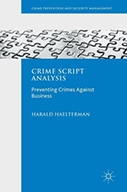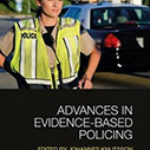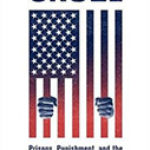Crime Script Analysis: Preventing Crimes Against Business

Author: Harald Haelterman
Publisher: Cham: Palgrave Macmillan, 2016. 276p.
Reviewer: Ben Stickle | July 2018
Crime Script Analysis fills an essential void in the literature by explaining what crime scripting is, and how it fits within the broader discourse of criminology. It provides guidance on how crime scripts should be developed — describing how scripts can be used to prevent crime, specifically within business settings — and recommends future enhancements to script analysis. This book is especially important as it bridges a frequent gap between academics and researchers, and practitioners (e.g., business, security, policing professionals). This is a gap that needs closing because crime scripting is a highly effective and efficient method to understand crime and develop situational prevention methods.
Crime script analysis—and this text—are focused on the application of script analysis to strategies for intervening in the immediate (physical or digital) environment in which crime takes place. A crime script is a method of examining the crime commission process (e.g., the step-by-step process that offenders go through in the physical environment). It provides a useful tool for examining behavioral routines (e.g., MOs) of criminals while identifying techniques to disrupt the offense. This bottom-up approach allows interventions at a more strategic rather than tactical level, and provides practitioners with a useful means to peruse cost-effectiveness loss prevention efforts within their organization.
The book answers some primary questions about crime scripting: What is script analysis and where does it originate? Does it have real potential to guide the implementation of situational crime prevention and if yes, why? How does situational prevention relate to other crime prevention strategies and why does it appear to grow in popularity in the private sector? How can script analysis best be applied in a business environment? What is needed most to boost its potential in the future?
Readers, whether students, academicians, researchers, security professionals, or business owners will find this book helpful as they work, study, or learn how to prevent crime from occurring. This book is accessible to a broad audience and is driven by a concise, systematic presentation of the topic. Readers find an easy-to-understand explanation of crime scripting and its benefits in preventing crime, especially within a business. Readers are also able to immerse themselves in the literature surrounding the science, explore how situational crime prevention and crime scripting is positioned within the theories of crime and criminology, and examine the details of eight case studies, and more. In other words, the content is at once accessible to persons with little experience in situational crime prevention and also serves as a reference source for students or researchers interested in using the methods described—a truly rare achievement.
Ben Stickle, Ph.D., Assistant Professor of Criminal Justice Administration, Middle Tennessee State University


